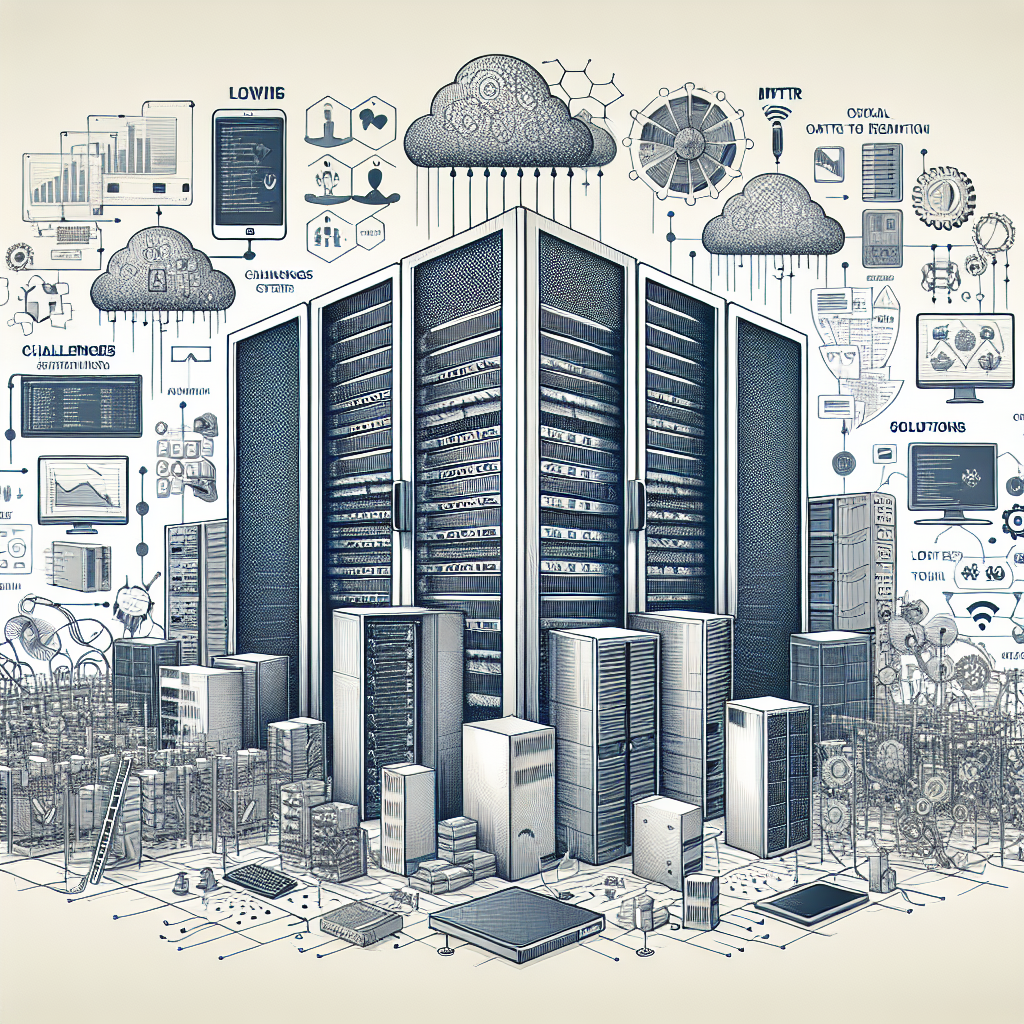Data centers are the backbone of modern businesses, housing the critical infrastructure and applications that keep organizations running smoothly. However, when issues arise in the data center, time is of the essence in resolving them to minimize downtime and ensure business continuity. One of the key metrics used to measure the efficiency of data center operations is Mean Time to Repair (MTTR), which refers to the average time it takes to resolve an issue once it has been identified.
Achieving a low MTTR in data centers is crucial for ensuring optimal performance and minimizing the impact of disruptions on business operations. However, there are several challenges that organizations face in achieving this goal. Some of the common challenges include:
1. Complexity of infrastructure: Data centers are becoming increasingly complex, with a mix of physical and virtual servers, networking equipment, storage systems, and applications. This complexity can make it challenging to identify the root cause of issues and troubleshoot them effectively.
2. Lack of visibility: In many data centers, monitoring and management tools are siloed, making it difficult for IT teams to have a comprehensive view of the entire infrastructure. This lack of visibility can lead to delays in identifying and resolving issues.
3. Skill gaps: Data center operations require specialized skills and expertise, and many organizations struggle to find and retain qualified personnel. This can lead to delays in resolving issues and result in a higher MTTR.
4. Manual processes: Manual processes for troubleshooting and resolving issues can be time-consuming and error-prone, leading to longer MTTRs.
To address these challenges and achieve a low MTTR in data centers, organizations can implement several solutions:
1. Implement automation: Automation can help streamline data center operations and reduce the time it takes to identify and resolve issues. Automated monitoring and remediation tools can quickly detect and address problems, minimizing downtime and improving overall efficiency.
2. Centralize monitoring and management: By consolidating monitoring and management tools into a single platform, IT teams can gain a comprehensive view of the entire data center infrastructure. This visibility can help them quickly identify and resolve issues, leading to lower MTTRs.
3. Invest in training and development: By investing in training and development for IT staff, organizations can ensure that their teams have the skills and expertise needed to effectively manage data center operations. This can help reduce MTTRs by enabling faster and more accurate troubleshooting.
4. Implement best practices: By following industry best practices for data center operations, organizations can improve efficiency and reduce the likelihood of issues occurring in the first place. This can help minimize MTTRs and ensure optimal performance.
In conclusion, achieving a low MTTR in data centers is essential for ensuring business continuity and minimizing downtime. By addressing the challenges and implementing solutions such as automation, centralized monitoring, training, and best practices, organizations can improve efficiency and reduce the time it takes to resolve issues, ultimately leading to a more reliable and resilient data center infrastructure.


Leave a Reply